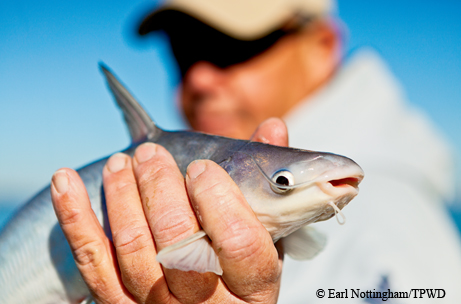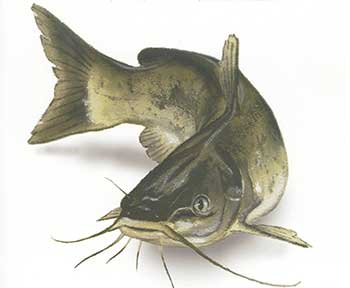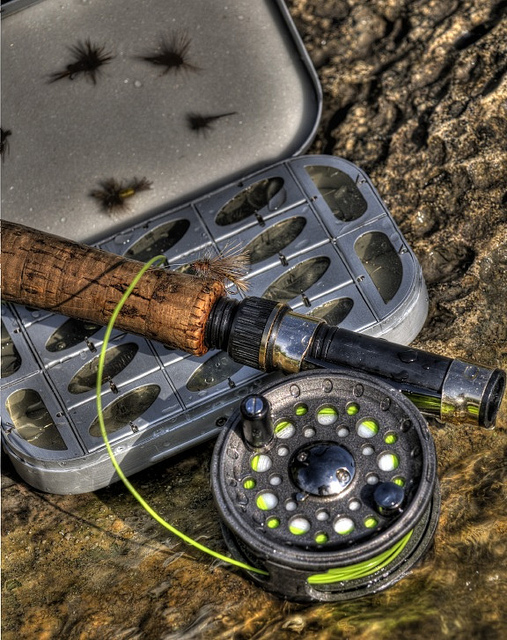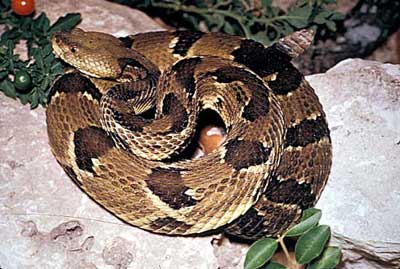Anglers Discover a New Favorite in an Old Fish
Monday, February 26th, 2018This is Passport to Texas
An old timey freshwater fish is getting new attention. What is it?
A traditional fish that’s been caught by anglers for many, many years.
That’s more of a clue than an answer, Dave Terre. Dave is chief of inland fisheries research and management. Here’s another clue: Parks and Wildlife produces and then stocks this fish in Texas water bodies.
Yes, we do produce many, many catfish in our state fish hatchery system in Texas.
Catfish! But you knew that, right?
As a matter of fact, we stock literally thousands of advanced size channel catfish in small ponds located throughout the state. One of those programs is our neighborhood Fishin’ program, where we’re stocking every two weeks adult channel catfish 12-inches or larger, into some 14 water bodies across the state to offer up great fishing opportunities for people who reside in urban areas of our state, which is definitely a group that we would like to reach out to.
To the original point: serious anglers are rediscovering catfish…but why?
Texas is changing. We’re going to be experiencing more drought conditions in Texas; and what we know about catfish is they are able to deal with fluctuating water levels better than largemouth bass, which have been – and will continue to be – a popular sport fish in Texas.
With heavy stocking and a new eye toward management catfish is a traditional species for changing times.
The Sport Fish Restoration Program supports our series and funds fisheries research in Texas.
For Texas Parks and Wildlife I’m Cecilia Nasti.







 Passport to Texas is a
Passport to Texas is a  Passport to Texas is made available by:
Passport to Texas is made available by: